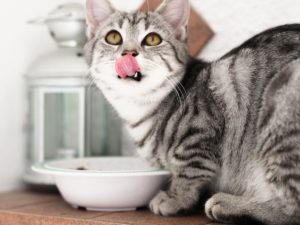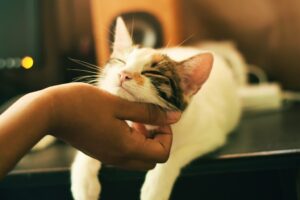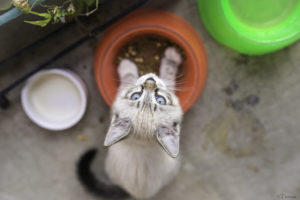Bringing a new kitten or cat can home is an exciting time. Getting to know your new pet and easing them into their new life can be difficult though. As well as preparing for the arrival of your new cat by ensuring you have everything that they need, you also need to cat proof your home. Cats can be curious little creatures, especially if they’re young. You need to make sure your home is a safe and secure environment for them. As well as ensuring your home is built to survive any antics your cat gets up. Cat proofing can help mitigate any damage from bringing a cat into a new environment.
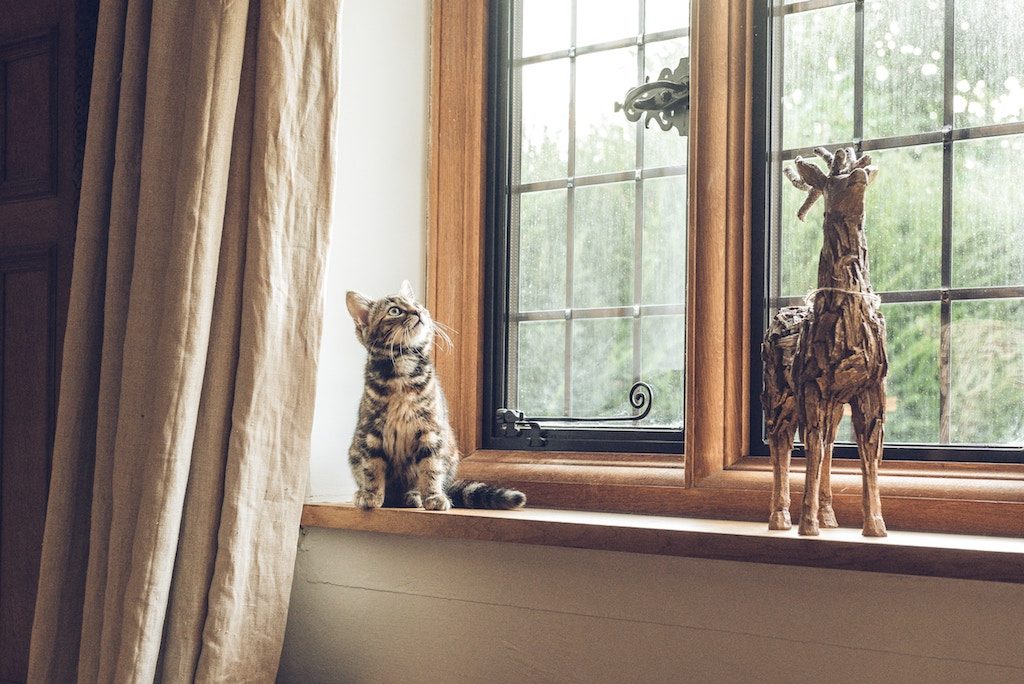
Cat proofing your home shouldn’t be a massive undertaking. Most people probably already keep their houses in a state where there aren’t too many hazards. However, there are quite a few minor things which are easily overlooked that can cause your cat problems. Taking the time to remove anything hazardous can save you a lot of trouble further down the line. You should assume that your cat can and will scratch, paw, and chew on just about everything that they can find. So, everything they can find needs to be safe from them!
Your cat will view their new surroundings as one big adventure playground if you’re not careful. Furniture, book, shelves, anything that can be climbed or scratched probably will. Cat proofing your house keeps them safe and helps your new kitten resist the urge to rip everything to shreds.
Cat Proofing your Floors
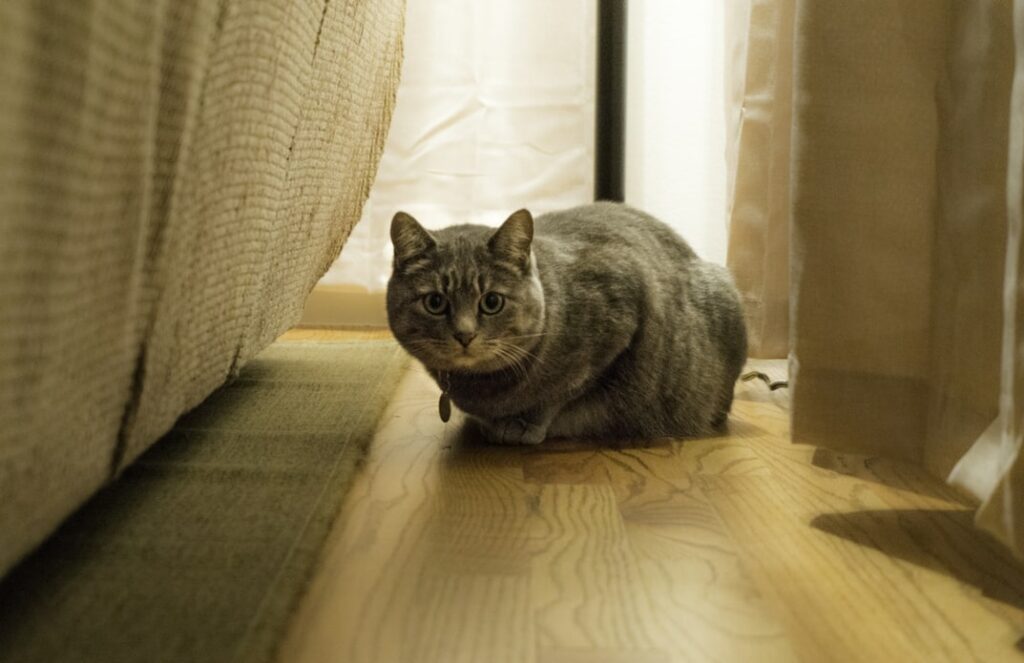
A cat home alone can get into all sorts of mischief. They will inevitably find just about anything left lying around in your home. While you’re around the house you can keep an eye on them and even train them to stay out of certain places, but they will eventually explore everywhere. Anything that’s fallen behind or under any of your furniture might not be immediately visible when you’re cat-proofing your home. However, they can be a danger. Cats will chew at anything they find on the floor with little discrimination. Placing something in their mouths is a great way to investigate!
These are some of the main things to try and get rid of before bringing a cat home:
- String
- Hair Bobbles
- Plastic Bags
- Rubber Bands
- Needles or Thread
- Small pieces for toys if you have children around
- Board game pieces
- Stationary like erasers
- Small pins
- Blue tac
- Change
This list isn’t exhaustive, but they are all choking hazards. These kinds of materials are easily found around the house and you might not realise the danger that they pose. When you’re cat proofing your home you need to make sure they’re not lingering under any surfaces, or your cat will eventually find it themselves. They’re a big choking hazard if you’re not in the room when your cat finds them.
You should be careful of electrical wires and other chewable items. Your cat is likely to take a bite or try to investigate these cables. It is important to remove any dangerous cables like this, stow them somewhere where your cat can’t reach them. Making items like this less attractive to a curious kitten is the best way to cat proof them.
Poison Control
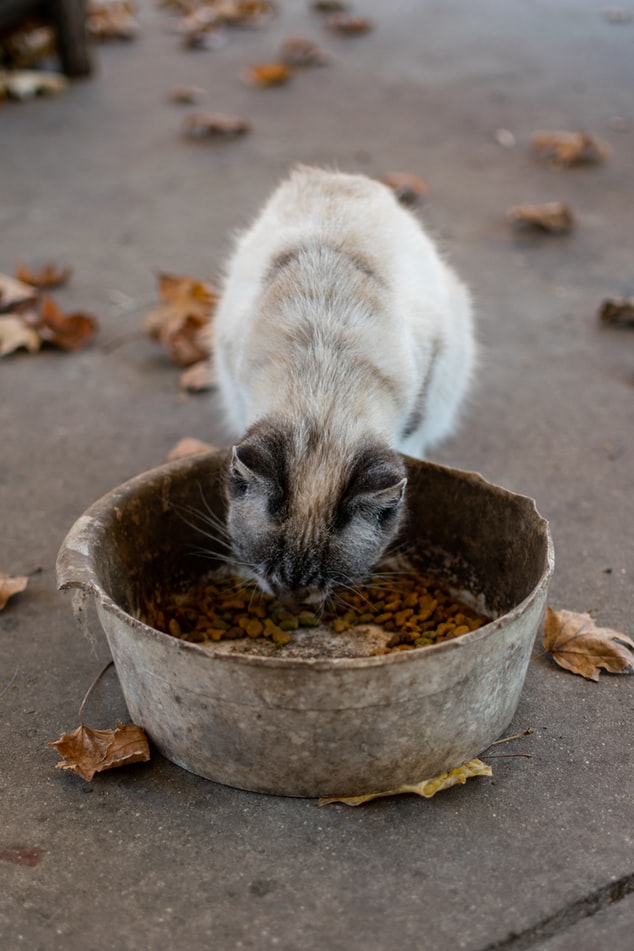
Cat proofing your home means taking care of any dangers to your cat, and there is one major one; food and other poisonous substances. Between house plants and human food, there is plenty around in an average home that is poisonous to cats that owners may be unaware of.
While you need to cat proof house plants entirely to prevent messes, you need to start with checking what type of plants you have around. Quite a few are completely poisonous to house cats. You need to stay well away from philodendron, azalea, and rhododendron plants. These are all completely lethal and you shouldn’t have them around at all. If you have any other house plants, it is worthwhile checking to ensure they won’t do any harm to your cat. Unless you live in a botanical garden, you shouldn’t have too many problems.
Cat Proofing Your Kitchen

To avoid other poisoning, you should also be a bit more careful with food than normal. This is true for all pets but particularly for cats. A hamster or dog can’t climb up onto your counters while you’re not looking to eat some food. However, even a well-behaved cat that has been trained not to do so will likely venture up there sneakily at some point. You should ensure any food poisonous to cats isn’t in reach. Obviously your cat shouldn’t be able to lick up any alcohol at any point, or caffeine. These are potentially dangerous drugs that shouldn’t be exposed to cats. You need to be careful with coffee, tea, coke or other fizzy drinks with caffeine, as well as anything alcoholic.
Cats also can’t eat chives, chocolate, garlic, grapes, onions, raisins, xylitol (a binding agent used in sweets and gum), and even uncooked dough that is using yeast. These substances can be poisonous to cats. While most of these won’t be sat around on your sides, you need to keep this in mind if you store your fruit out in the open or routinely have yeast based dough proofing.
Keeping Chemicals Away From Paws
You also need to be careful of household chemicals and cleaners. This might seem like something basic, but you can often overlook it. While they usually feature child locks that should stop animals getting in, your cat might lick or chew various parts of bottles of chemicals. If there is any residue left on the packaging, this can be just as dangerous as licking the chemical itself! Ensure you keep your cat safe from household chemicals like anti-freeze, bleach, detergents, pet and human medication or treatments, herbicides, and any poisons for pests. This means keeping it in a safe place away from curious paws!
Preventing Escapes
You may not have decided if you want your cat to be an indoor or outdoor cat yet while you’re cat proofing your surroundings. However, for that initial period when you must keep your cat indoors, it is vital that you cat proof any possible places to escape. Your cat may, from curiosity or boredom, end up staging an elaborate escape attempt to take advantage of any possible opening!
Make sure that all of the windows in the house are securely closely. Closing them far enough to keep your pet indoors won’t be enough. It needs to be secure enough to keep out any attempt at getting through. As well as secure windows, doors need to be shut and you need to make sure you’re minimising the chance for your pet to bolt at the first sight of an open door! This should thwart any devious plans for escape that your cat dreams up.
You should also check for any enclosed spaces that your cat might crawl into. They have a tendency to burrow and explore. There isn’t anything inherently wrong with your cat exploring and a safe spot is going to be helpful for them when settling in to a new home. However, you need to make sure they won’t be crawling into unsafe places. Close up any spots that your cat could get stuck in before leaving them unsupervised.
Cat Proofing Your Furniture
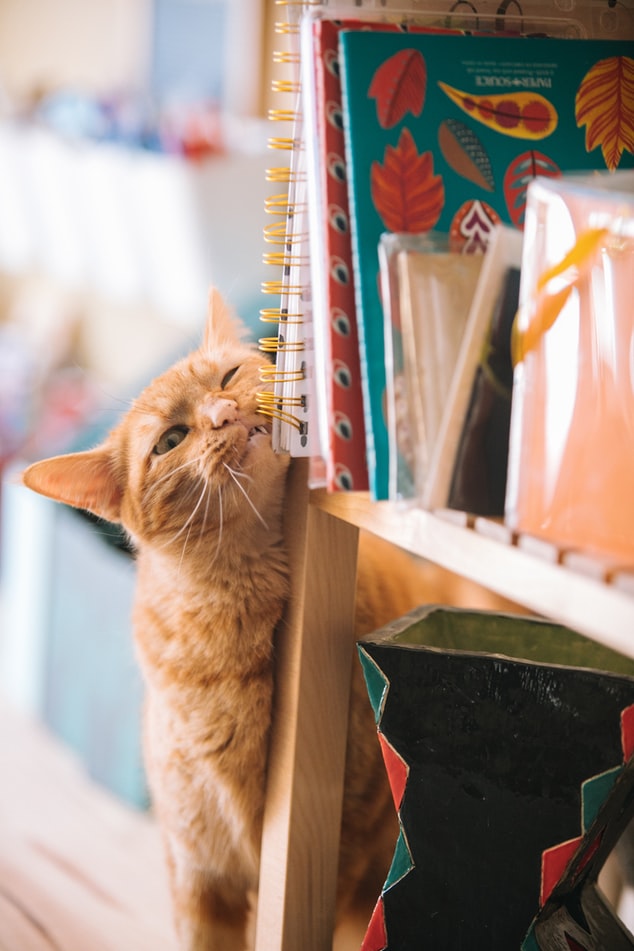
With your cat safely locked away from any poisons, you can turn your attention to a minor bit of cat proofing; ensuring your cat doesn’t entirely destroy your home on a whim.
Cats like to climb and claw. Cat proofing your home isn’t just keeping them safe, you also need to spend some time ensuring your house is safe from them. The best thing to do to prevent scratching up of furniture is to give them an alternative. If your cat has a safe space to climb and a toy that belongs to them for scratching, then they shouldn’t need to scratch your furniture.
Your cat needs to be taught what is okay to scratch and what is not. This means discouraging attempts to scratch your furniture and incentivising them to use their own scratching posts. You need to use positive reinforcement to convince them that the scratching post is more fun! This works like any other form of training for your cat. You can also cover the surfaces your cat likes to scratch while they’re learning about where to scratch. This will discourage them from using your furniture as a scratching post until their actual post is a better choice.
After learning which bit of furniture it is okay to scratch, your cat should be satisfied with their own scratching post or cat tree.
Cat Proofing – Stopping Them Climbing
To cat proof your furniture, you need to ensure anything they might be climbing on is dealt with. Bookcases should be secured; in case your cat tries to climb them. You also need to deal with the curtains that may be hanging if your cat might be tempted to climb. Securing these things can prevent accidents. Just make sure they’re not in a position to topple over and that nothing hangs from them to tempt your cat in.
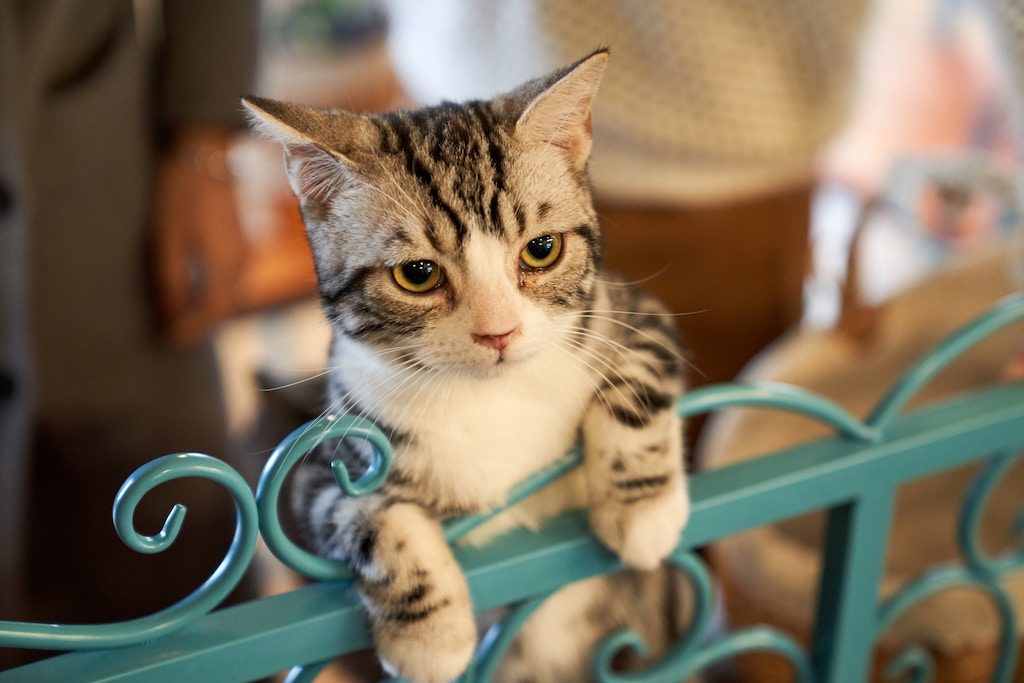
Cat proofing your home won’t be too much work and it helps to ensure your new cat or kitten has the very best start. Your new pet is likely to be curious and prone to exploring, you just need to make sure they have fun doing this by cat proofing your home.

